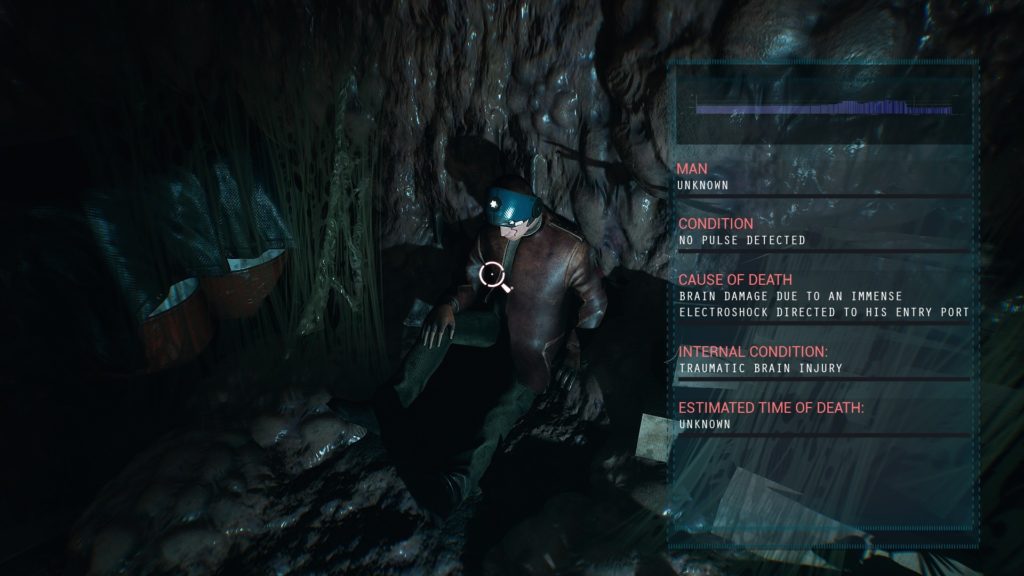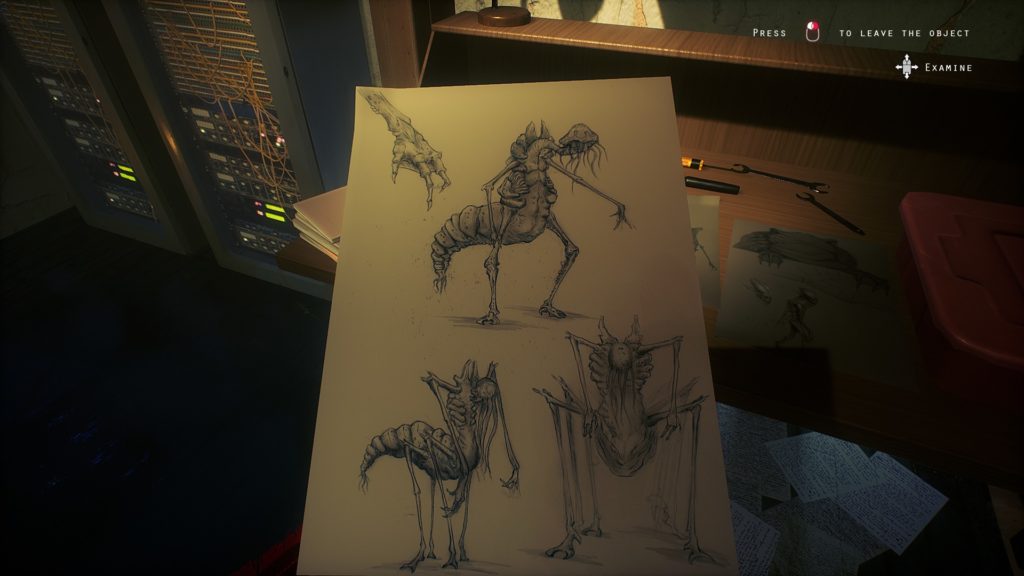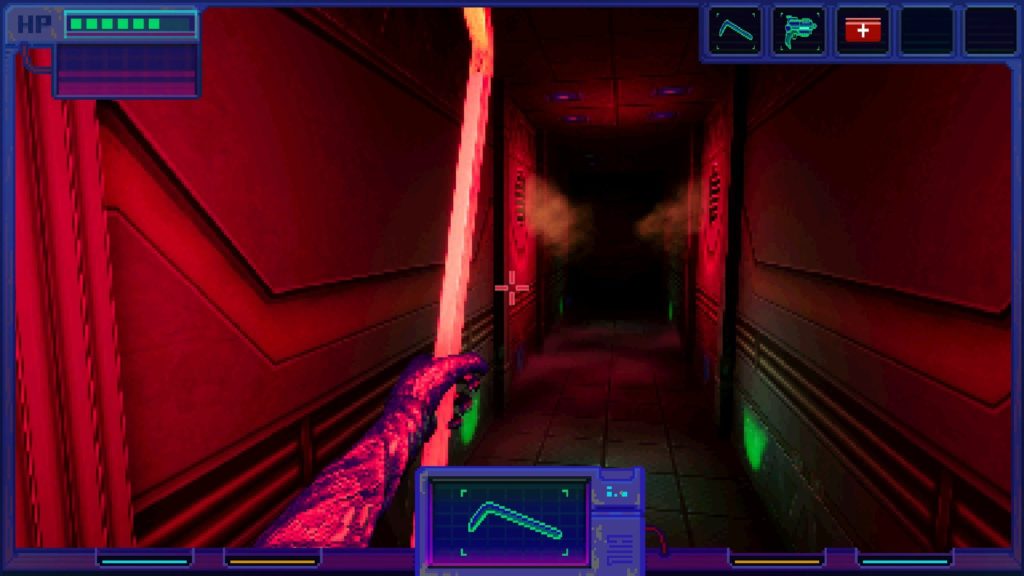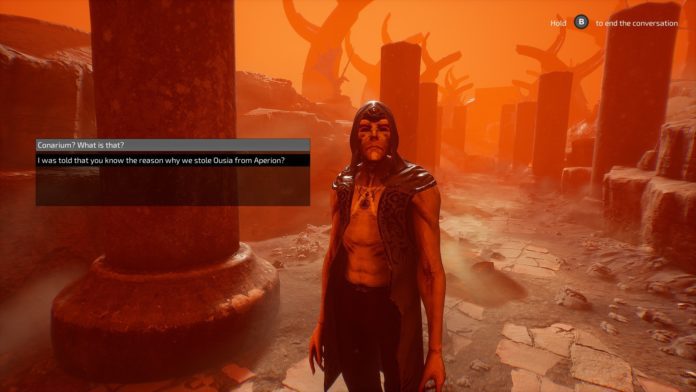REVIEW : Transient (PC)
Sterling Studios is a Turkish-based team that, when it was still called Zoetrope Interactive, created two episodes of The Darkness Within and Conarium. Horror adventures are little known by the general public, all with one element in common: the inspiration from the Lovecraftian imaginary. The writer from Providence, when it comes to video games (but not only) is one of the most cited authors and therefore is almost impossible to see truly original ideas in the works of the Turkish collective. Their latest game, Transient, however, incorporates cyberpunk themes and blends them with the mythology of the Great Ancients, a mixture that, although not completely successful, is capable of attracting some attention more than all the rest. Beyond a few curious ideas and some pleasant settings, however, Transient has nothing, in particular, to be remembered for. It is a genuine project, you can see, but also full of oversights and lightness.

The universe of Transient was shaken by an unspecified cataclysm and humanity, to preserve itself, was locked up in a ” dome city ” with a pyramidal structure (inspired by Fritz Lang’s Metropolis, also quoted by a poster) where it lost virtually any contact with the outside world. As per the cyberpunk tradition, the cities develop in height, dominated by huge arcologies dense with niches, surrounded by misery and dirt.

The metropolis where the game’s protagonist, Carter, lives is called Providence (in honour, of course, of the hometown of HP Lovecraft), where humanity lives immersed in constant and virtual stimulation, perpetually attached to viewers that make them forget horrors of reality. Carter is a character who has a lot to do with Houses of Neuromancer, William Gibson’s novel. He is a meta-shaman, a “cyberspace cowboy” who shoots himself in the mood for psychoactive drugs to go into a state of unconsciousness and visit distant places, apparently disconnected from reality as we conceive it.

However, the Transient cyberspace is not a representation of a sprawling network or perennially interconnected servers that collect all human knowledge. It is cyberspace that encounters mystical tribal traditions, which fuses technological chips with shamanic rituals. What Carter experiences are memories of a past, near or far, with which he can interact and from which he can physically recover even objects. During one of these episodes of transcendence, Carter arrives in an alien world, a dimension populated by the Great Ancients that is completely indebted to Lovecraft’s imagery. The premises of Transient, however, are more interesting than the actual staging, because the tale goes on in a very confused and hasty way, and is often interrupted by dialogues in which the writing becomes expository. The narrative through the texts, essential to understanding the fundamental knots of the story, is also addressed in a way awkward and inconsistent, with documents that convey information in a too direct and elementary way.
Then there are nuances, such as the style of some texts, evidently a tributary of Lovecraft’s evocative and adjective one, which appears somewhat disconnected from the context, artefact. Finally, the conclusion is abrupt and truncated, it takes you by surprise, but a surprise that leaves an unpleasant aftertaste and, contrary to intentions, does not stimulate any curiosity in a possible future chapter.
Despite a decent glance, especially for a production developed by a team of about seven people and with a budget that is not skyrocketing, Transient also suffers from a visual point of view. There are interesting settings, but they lack style and personality. Furthermore, the animations of the bodies and the rendering of the faces transform the few scenes in which the first person is abandoned in a grotesque sequence of images. Yet, with some tweaking or even eliminating everything that is not in the first person (because, in hindsight, these types of sequences are not so essential), Stormling could have avoided discovering the side of a problem too obvious to ignore. In level design, then, the studio adopts not exactly elegant solutions(like bright arrows to show the way), although the route is mostly linear. And the enigmas, which represent the only element of challenge, are not well linked to the narrative flow and are proposed more as a stop phase than as a functional element to enrich the story.

When the puzzles are not classic, they turn into metagames, to be completed to obtain a clue necessary to continue. The first of its kind is inspired by the original Resident Evil and Alone in the Dark, the second by System Shock.
REVIEW : Paper Beast – Folded Edition (PC)














